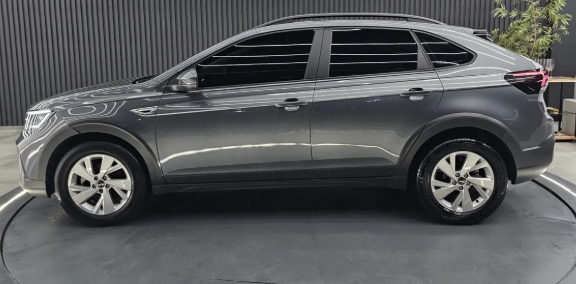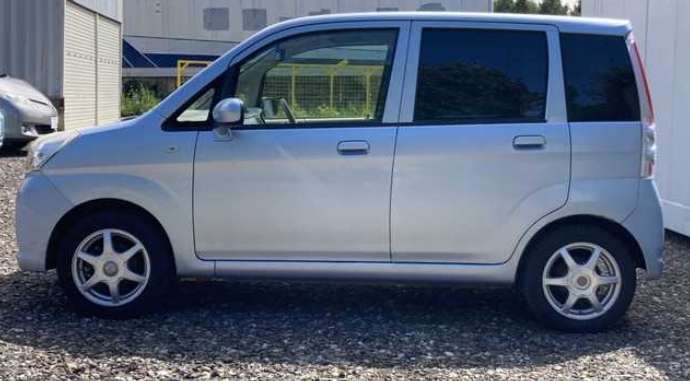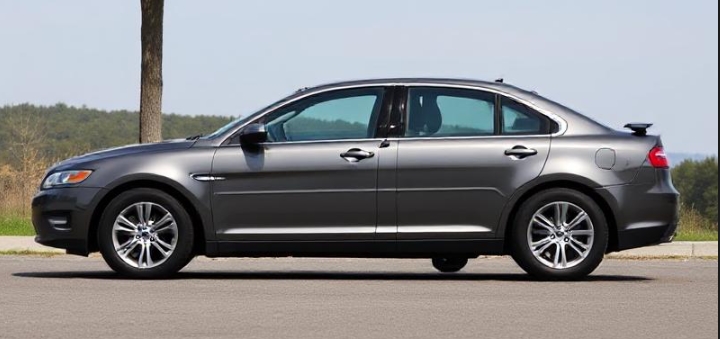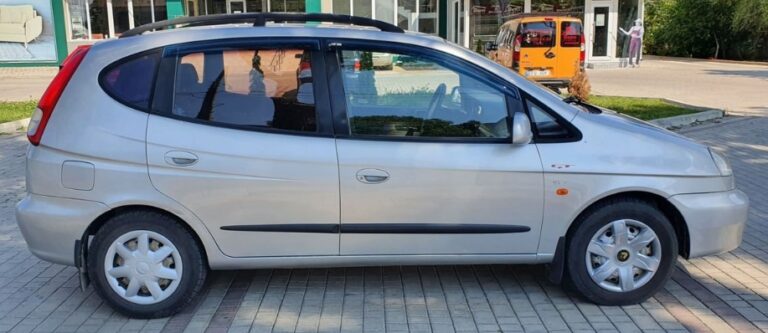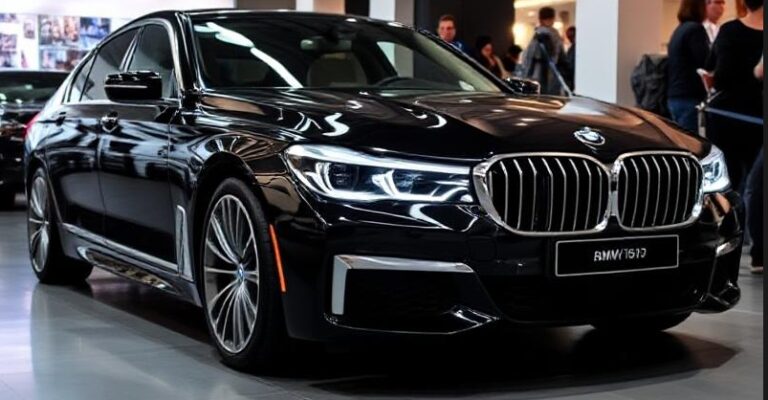The Evolution of the Chevrolet Evanda
The Chevrolet Evanda, a mid-size sedan produced by General Motors under the Chevrolet brand, represents an interesting chapter in the automaker’s global portfolio during the early 2000s. Although not as widely recognized as some of GM’s flagship models, the Evanda played a significant role in certain markets, especially in Europe and parts of Asia, where it was marketed as a reliable and affordable family sedan.
Introduction and Production Timeline
The Chevrolet Evanda was introduced in 2002 as a replacement for the Chevrolet Lumina in some markets, although its primary development and manufacturing occurred in South Korea under the auspices of GM Daewoo (later GM Korea). Its production spanned a relatively short period, concluding in 2006. Despite its limited production run, the Evanda underwent several updates and offered various trim levels to cater to diverse customer preferences.
Production Years:
- 2002–2006
Origins and Development
The Evanda’s development was part of GM’s strategy to expand its global footprint by leveraging GM Daewoo’s manufacturing capabilities. The vehicle was based on the GM W platform, a front-wheel-drive architecture shared with other GM models, which facilitated cost-effective manufacturing and parts sharing.
The Evanda was primarily targeted at the European and Asian markets, competing with vehicles like the Opel Vectra, Volkswagen Passat, and Honda Accord. Its design reflected a European-influenced styling, characterized by clean lines and a conservative, functional aesthetic.
Design and Engineering
The Evanda featured a conventional sedan layout with a front-engine, front-wheel-drive configuration. It was equipped with a range of inline-four engines, with some markets offering V6 options as well. The vehicle’s suspension setup comprised MacPherson struts in the front and a torsion beam or multi-link setup in the rear, depending on the model and market.
The interior emphasized comfort and practicality, with a straightforward dashboard layout, quality materials, and spacious seating. The car was designed to appeal to families and fleet buyers seeking dependable transportation.
Variants and Trim Levels
Throughout its production run, the Chevrolet Evanda was offered with several trim levels, which varied by market and model year. These trims often differentiated themselves primarily through equipment, engine options, and aesthetic features. Common trim designations included:
- Base
- LS
- LT
- SX / Sport
- Premium
Below is a detailed breakdown of the trim levels and their typical features across the years.
2002-2003: Launch and Early Models
Introduction:
The Evanda was launched in 2002, initially available in several trim levels to appeal to a broad range of customers. Early models emphasized affordability and reliability.
Available Trims:
- Base: The entry-level version, equipped with standard features such as manual air conditioning, cloth upholstery, 15-inch steel wheels, and a basic audio system.
- LS: Added features included power windows, power mirrors, upgraded audio systems, and sometimes alloy wheels.
- LT: A step up with additional comfort features like cruise control, remote keyless entry, and upgraded interior trim.
- Engine Options:
- 2.0-liter inline-4 engine (producing approximately 131 horsepower)
- 2.5-liter V6 engine (around 165 horsepower) was introduced in some markets later in this period.
Features:
- Manual transmission was standard, with automatic options available on higher trims.
- Safety features typically included driver and passenger airbags, anti-lock braking system (ABS), and optional side airbags.
2004: Mid-Cycle Refresh and Model Refinements
In 2004, the Evanda received a mild facelift to keep its styling fresh amid stiff competition.
Design Updates:
- New front grille design with Chevrolet’s signature bowtie emblem.
- Slightly revised bumpers and headlamp clusters.
- Interior improvements included upgraded materials and additional storage compartments.
Trim Variations:
- The trim levels remained largely consistent, but some markets introduced new configurations:
- LS and LT remained the main trims.
- An Elite or Premium trim option was introduced in select regions, offering leather upholstery, upgraded audio systems, and additional safety features.
Engine Options:
- The 2.0L inline-4 was maintained as standard.
- A 2.5L V6 remained available on higher trims.
- Some markets offered a 2.0L turbo diesel variant, emphasizing fuel economy.
Additional Features:
- Optional leather upholstery.
- Improved sound insulation.
- Enhanced safety features, including optional side airbags and stability control.
2005-2006: Final Years and Discontinuation
The Evanda’s lifecycle concluded in 2006, with the model gradually phased out as GM shifted focus to other platforms and models.
Model Lineup:
- The trim levels were streamlined, with a focus on the most popular configurations:
- LS: Basic but well-equipped, targeted at cost-conscious consumers.
- LT: Offered more comfort and convenience features.
- Premium: Top-tier trim with leather seats, advanced audio, and optional sunroof.
Engine and Mechanical Updates:
- The 2.0L and 2.5L engines remained the main powerplants.
- The 2.0L turbo diesel continued in select markets, praised for its fuel efficiency.
- Transmission options included 5-speed manual, 4-speed automatic, and later 5-speed automatics.
Features and Equipment:
- Entry-level trims had manual air conditioning, cloth seats, and basic audio.
- Higher trims included climate control, leather upholstery, alloy wheels, cruise control, and improved audio systems.
- Safety features such as dual airbags, ABS, and optional side airbags became standard across trims.
.
You’ve got that cool car, but is it resting in its own cool place?
It’s visually pleasing for the surrounding areas outside of your home to look as awesome as what’s stored inside your garage! If you desire a truly inspirational environment, you should check into these plans!

.
Market Presence and Variations
The Chevrolet Evanda’s primary markets were Europe, South Korea, and parts of Asia. In Europe, it was often sold through Opel dealerships, with badge-engineered versions under different brands. Its badge-engineered sibling was the Opel Vectra B, which shared many components and design cues.
In some markets, the Evanda was positioned as an affordable family sedan, competing directly with models like the Renault Laguna, Ford Mondeo, and Volkswagen Passat.
Successors and Legacy
The Evanda was eventually succeeded by newer models, such as the Chevrolet Epica, which debuted in 2006. The Epica aimed to modernize Chevrolet’s mid-size sedan offerings with more contemporary styling and features.
While the Evanda’s production run was relatively short, it demonstrated GM’s global strategy of platform sharing and badge engineering, leveraging South Korean manufacturing to provide affordable, reliable vehicles to various markets.
Summary
- Production Years: 2002–2006
- Main Markets: Europe (via Opel), South Korea, parts of Asia
- Models/Trim Levels: Base, LS, LT, Premium, Elite/Sport (varied by year and market)
- Engine Options:
- 2.0L inline-4 (~131 hp)
- 2.5L V6 (~165 hp)
- 2.0L turbo diesel (varied markets)
- Features: Ranged from basic manual air conditioning and cloth seats to leather upholstery, alloy wheels, and advanced audio systems on higher trims.
Conclusion
The Chevrolet Evanda exemplifies GM’s strategic approach during the early 2000s—utilizing global platforms, regional branding, and a focus on affordability and reliability. Its evolution from launch through mid-cycle updates reflects typical automotive industry practices aimed at extending a model’s lifecycle and meeting diverse customer needs.
Though it remains a lesser-known model today, the Evanda contributed to the development of GM’s global small and mid-size sedan lineup and provided a dependable transportation option for thousands across various markets during its production years.


